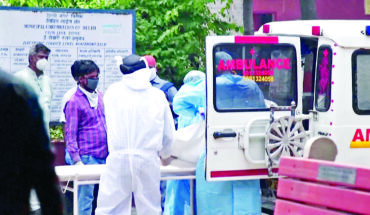Since the last Assembly election in 2017, Punjab politics has changed considerably, though the issues that throttled the State then continue to do so even now. Unemployment, endemic drug abuse, mafias that control the liquor and sand trade, farm debts, and depleting groundwater are among the haunting problems. The Congress booted Captain Amarinder Singh out as CM in September 2021 in an attempt to salvage its fortunes, but ended up with chaos at the top. Stomping a narcissistic trail, party State president Navjot Singh Sidhu undermines the party and the authority of Chief Minister Charanjit Singh Channi, who has grown in stature. The Congress is caught in a bind. The elevation of Mr. Channi, the first Dalit to become the State Chief Minister, has perked up its support among the community that is nearly a third of the population. But that might upset the Jat Sikhs who dominate Punjab’s power structure. The Hindus who largely voted for the Congress are also uneasy about the panthic — Sikh religious — politics being championed by Mr. Sidhu. The SAD is focusing on its panthic agenda but remains largely listless; the contraption of an alliance between Captain Amarinder’s Punjab Lok Congress, the Shiromani Akali Dal (Sanyukt) and the Bharatiya Janata Party may have a tough challenge in inspiring significant support. Against the backdrop of the year-long farmers’ protest against three farm laws, as many as 22 farm unions have joined hands together to contest elections. AAP is trying to sell its ‘Delhi model of governance’, and its bid for power this time appears serious. It is showering promises, which include a monthly dole of Rs 1,000 to all women voters above 18 if elected to power. SAD’s credibility is at a low, and the Congress is its own worst enemy in the State. All that and AAP’s ability to feel the pulse of the voters make the Punjab contest an open field.
Watchful voters make Punjab contest exciting
|
January 22, 2022 |





